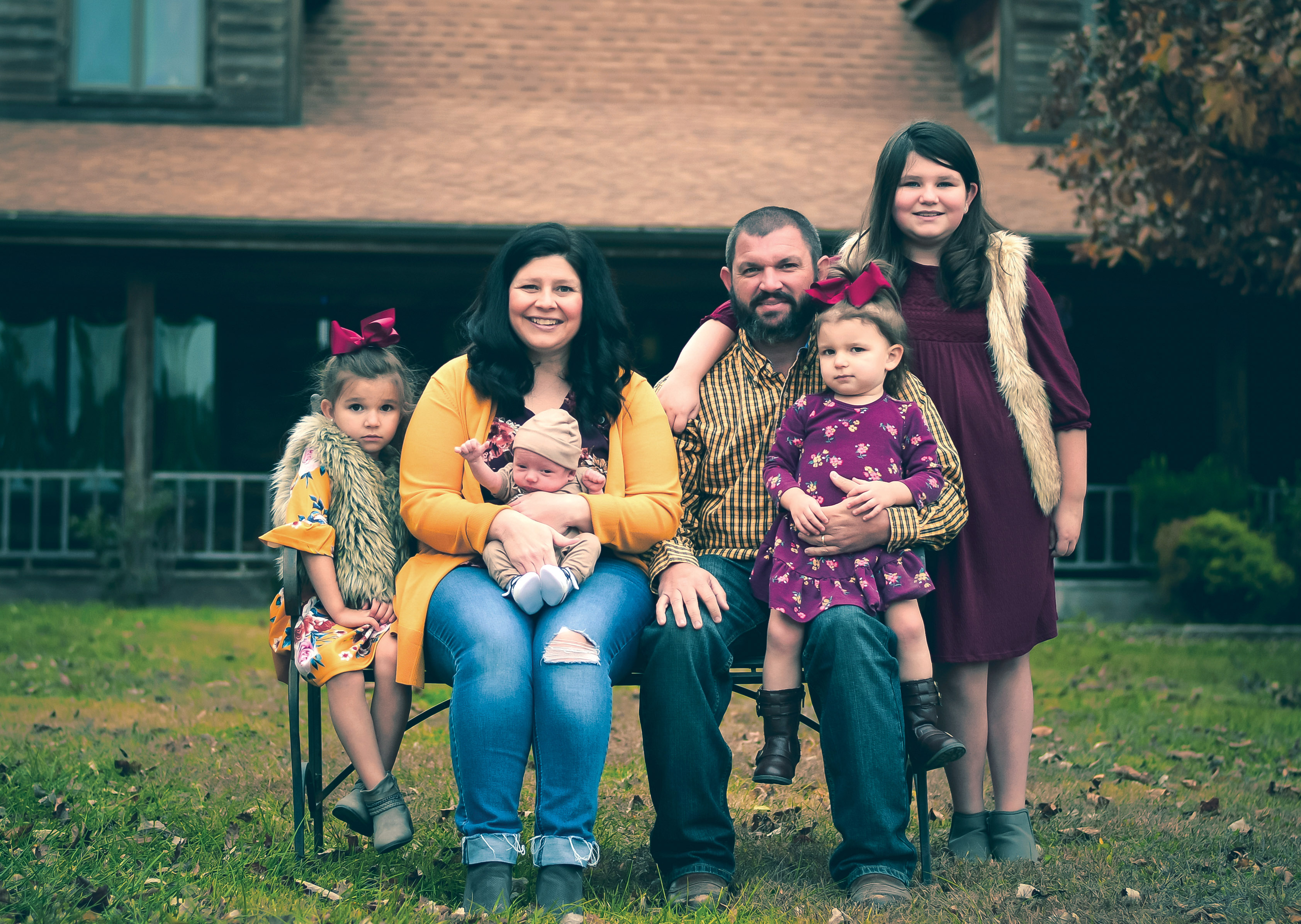Help for HELLP

Rachel Hayes thought the hard part would be over after she gave birth to her son.
Neither she nor her doctors expected any complications. She already had given birth to three daughters at Hedrick Medical Center in Chillicothe, Missouri, without a problem.
Just before her first son was born, though, Rachel’s blood pressure started to rise. Then she developed an intense headache that made it hard to communicate and brought tears to her eyes.
Her doctors did some quick detective work. They suspected either a side effect of the epidural anesthesia or preeclampsia, a complication of pregnancy that causes high blood pressure and can damage the liver and kidneys, said obstetrician-gynecologist Ankur Agrawal, MD.
When a blood test showed that her platelet count was abnormally low and her liver enzymes were high, this raised the alert for a life-threatening variant of preeclampsia known as HELLP syndrome.
The name comes from the symptoms:
• Hemolysis—the breaking down of red blood cells
• EL—elevated liver enzymes
• LP—low platelet count
HELLP syndrome can be difficult to diagnose as it mimics other diseases, such as gastritis and gall bladder attacks.
Dr. Agrawal quickly confirmed the diagnosis with tests. He knew Rachel’s situation was likely to get worse.
By the next morning, Rachel’s platelet count had dropped to 12,000 from a normal range between 200,000 to 300,000. A level below 50,000 is a severe case of HELLP syndrome. According to The Preeclampsia Foundation, nearly a third of those who develop it will die from a cerebral hemorrhage or a ruptured liver.
Dr. Agrawal consulted with Saint Luke’s Hospital Maternal-Fetal Medicine specialists in Kansas City and considered transferring Rachel there for specialized care.
“It was by far the scariest situation of my life,” Rachel said. “And the hardest part was hearing that I might have to leave my baby and husband behind. As a mom, you want to be there for your babies to support them in the first critical days of life.”
He concluded that the jostling of an ambulance ride might cause bleeding. Staying alone in another hospital would certainly cause Rachel more stress.
“We have resources to do this,” Dr. Agrawal told a greatly relieved Rachel.
He ordered a supply of platelets so they would be on hand for a transfusion if her level dropped to 5,000. He kept up aggressive treatment with medications to bring down her blood pressure and pain medicine and caffeine to treat her headache.
“Getting a prescription for a two-liter bottle of Dr. Pepper® was a first for me,” Rachel said.
She was amazed at the detailed care plan Dr. Agrawal created and oversaw at every step.
“When he entered the room to provide updates, I immediately felt a sense of relief that he was watching out for me,” she said.
Dr. Agrawal gave credit to the excellent cooperation between doctors, the nursing staff, and the laboratory for successfully executing her care plan. He appreciated having the Maternal-Fetal Medicine specialists to consult.
“We all acted quickly together to care for Rachel here,” Dr. Agrawal said.
By the following morning, Rachel’s platelet levels started to rise. Transfusions and transfers were now off the table.
Rachel, the senior human resources business partner at Hedrick Medical Center and Wright Memorial Hospital, enjoyed some pampering as a patient. She was impressed by the diligence of the nurses and the Nutrition Services staff during her four-day stay.
All the care had a side benefit.
“It gave my husband, Johnny, and me time for some one-on-one bonding with baby Nash,” Rachel said.
Despite all the drama after his birth, Nash is now a laid back, go-with-the-flow baby basking in attention from his three sisters.
The couple do not plan to have any more children, so Nash is “the perfect completion to our family,” she said. “And thanks to the care Dr. Agrawal and the Hedrick staff provided, I am still around to enjoy it.”